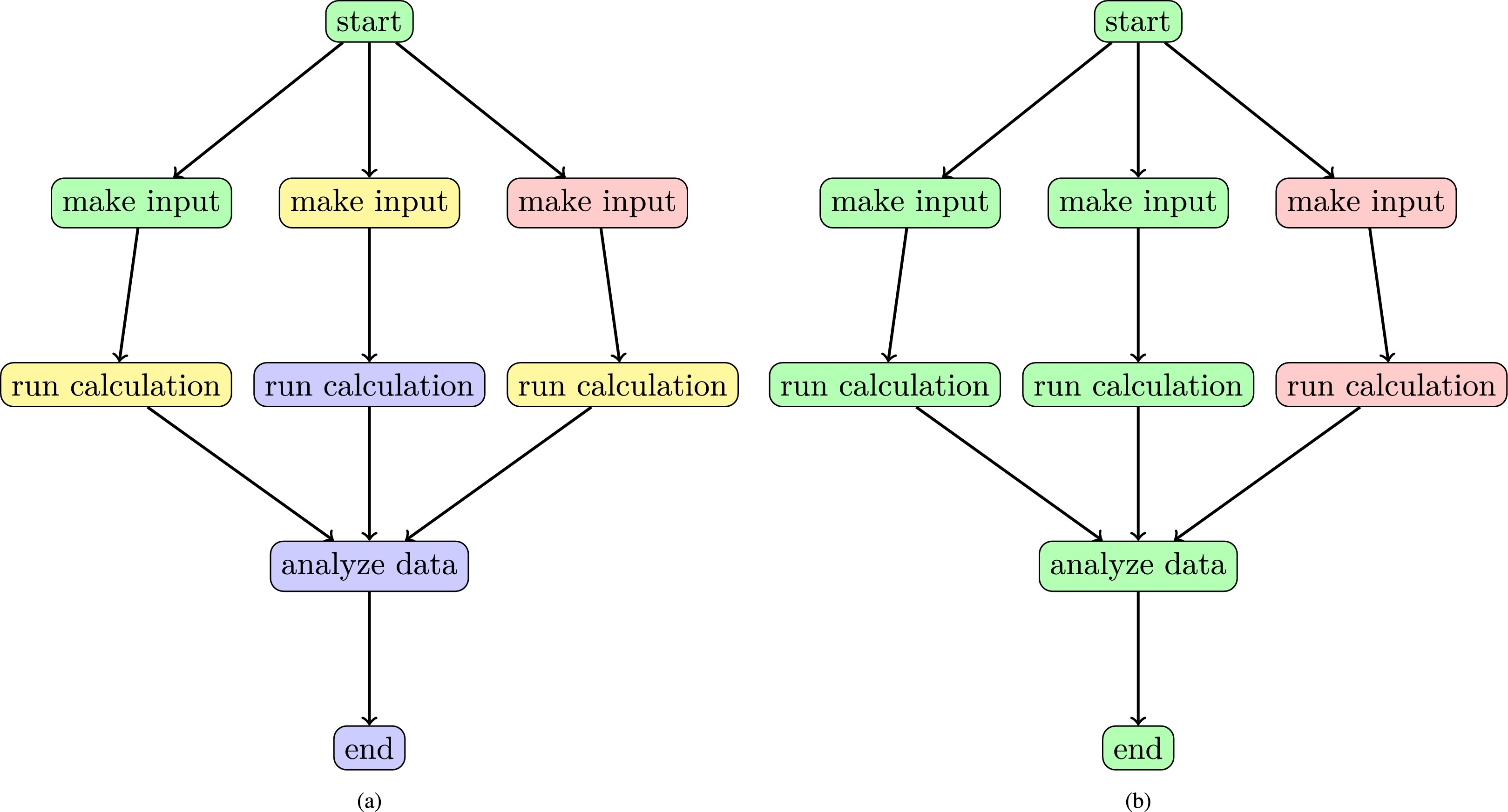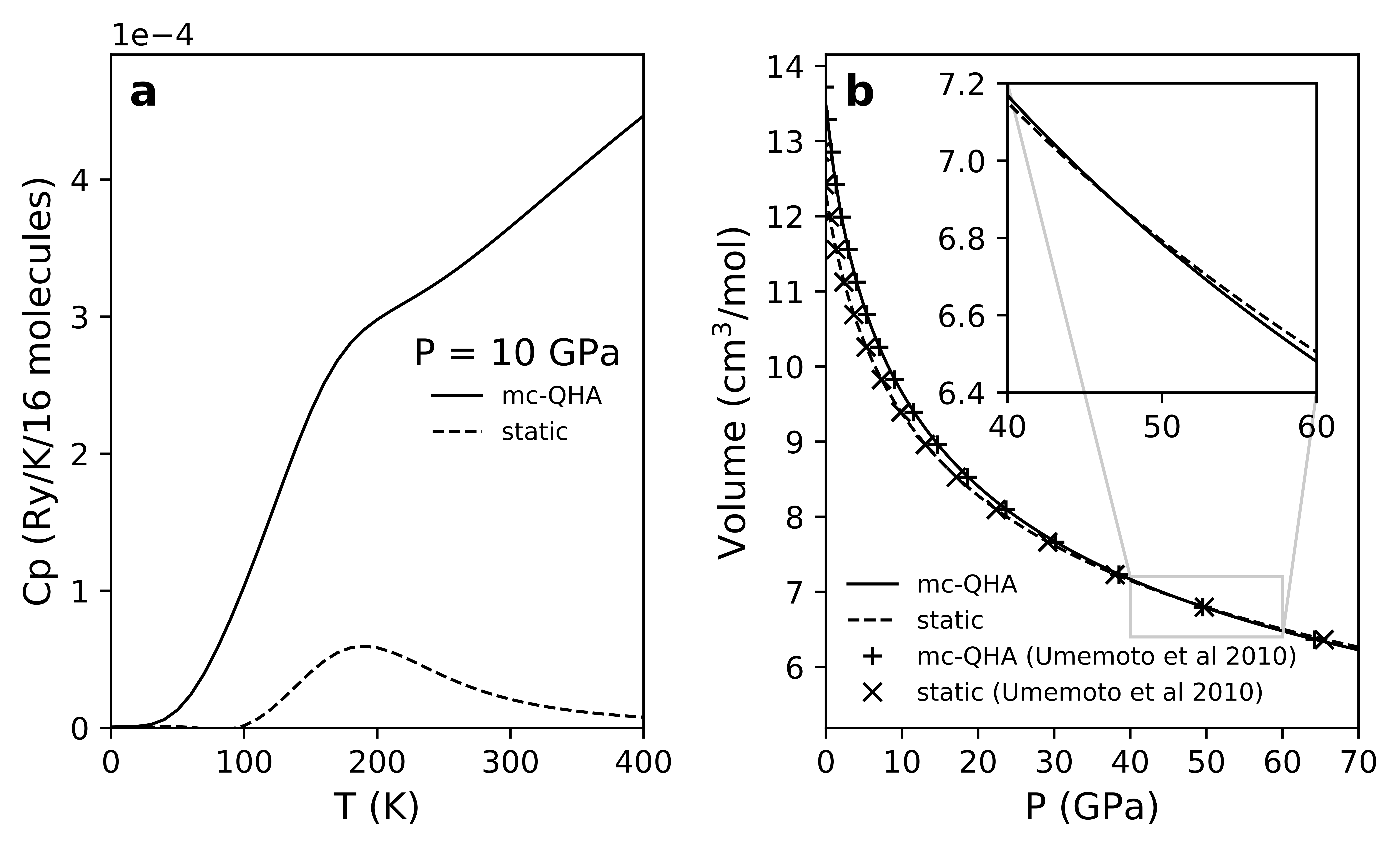As a recent Ph.D. graduate specializing in materials simulation, my academic pursuit has been focused on using ab initio methods to probe the thermodynamic properties of crystalline materials under extreme conditions, such as high pressures and temperatures, typically found in planetary interiors. It has been propelled by my commitment to enhance the performance and accuracy of computational methods while broadening their applications.
🎓 Educations
- 2018 – now, Ph.D. in Materials Science, Columbia University in the City of New York, NY, USA
- 2016 – 2017, M.Sc. in Materials Science, Columbia University in the City of New York, NY, USA
- 2012 – 2016, B.Sc. in Physics, Zhejiang University, China
👨💻 Programming Skills
- Languages:
- Julia, Python, Wolfram Language, LaTeX, Shell, Ruby
- TypeScript, JavaScript (with jQuery), HTML, CSS/SCSS
- Fortran, Haskell
- Data Analysis & Visualization: NumPy, Numba, SciPy, pandas, Matplotlib,
DataFrames.jl,Plots.jl, Plotly.js - Interfaces: web applications, command-line interface, RESTful API
- HPC: CMake, Slurm, MPI, Quantum ESPRESSO, VASP, JIT, SIMD, asynchronous and distributed programming
- DevOps & Cloud: Conda/Mamba, Docker, CI/CD pipelines, Azure services, Cloudflare workers
📝 Publications
CPC 2023

express: Extensible, high-level workflows for swifter ab initio materials modeling
- Abstracted atomistic simulation algorithms into modular, high-performance, software-agnostic workflows in
Express.jl, offering flexible execution and composition options
- Conducted a systematic DFT study to analyze the thermal properties of various earth-forming materials using these workflows
- Implemented a DAG-based workflow model, facilitating asynchronous and parallel execution of high-throughput jobs with advanced checkpointing capabilities
- Delivered databases supporting LINQ-style queries for efficient data storage, analysis, and visualization
- Created a user-centric command-line interface, providing versatile deployment options across virtual environments, local machines, and remote servers
- Led several pivotal developments in computational physics toolkits that have been well-received within the Julia community:
- Cross-compiled the C package Spglib and developed its Julia interface at
Spglib.jl - Developed
QuantumESPRESSOBase.jlas a Quantum ESPRESSO interface
- Conceived
EquationsOfStateOfSolids.jlto fit and solve equations of state
- Introduced
escpyto validate elastic stability conditions across different crystal systems
- Cross-compiled the C package Spglib and developed its Julia interface at
CPC 2019

qha: A Python package for quasiharmonic free energy calculation for multi-configuration systems
- Expanded a theoretical model to encompass multi-configuration systems, with a meticulous analysis of the thermodynamic properties of ordered/disordered phases of ice utilizing numerical methods
- Developed
qha(2801 downloads in the last 6 months), a Python package, enhancing its performance with just-in-time (JIT) compilation and providing a user-friendly command-line interface
- Streamlined unit testing, documentation generation, building, and release processes for Python packages
- Created a versatile Python package text-stream, designed to facilitate the seamless reading and printing of
str,io.StringIO, and text files
PRB 2021

- Formulated a free energy calculation scheme based on the phonon gas model, compatible with phonon frequencies affected by thermal electronic excitations, to investigate $\varepsilon$-Fe under Earth’s core conditions
- Developed geothermpy to systematically derive geotherms from thermodynamic properties, enhancing the analysis accuracy and efficiency
- Spearheaded a team of three, providing both theoretical insights and programming expertise, ensuring coherent and purpose-driven project development
- H. Wang, J. Zhuang, Z. Zhang, Qi Zhang, R. M. Wentzcovitch,
pgm: A Python package for free energy calculations within the phonon gas model. Computer Physics Communications. 291, 108845 (2023).
🔧 Other Projects
- Contributed to community projects such as Homebrew, Spglib,
qe-tools,f90nml,Polynomials.jl,SymmetricTensors.jl - Created a user-friendly VS Code formatter extension for Julia
(10k+ downloads prior to archiving in March 2022) in TypeScript to improve Julia code readability and consistency
- Achieved an A+ grade in the course “Scientific Computing” due to the exemplary design and efficient implementation of algorithms for physical and statistical problems, e.g., the Ising model, molecular dynamics, jackknife resampling, and iterative linear solvers
- Published a Columbia University theme $\LaTeX$ template for Beamer presentations on Overleaf
- Ported the
bisectmodule, an implementation of the array bisection algorithm, from Python to Julia - Solved a 2D Poisson equation effectively on an irregular mesh using Python and C in the “Methods in Computational Science” course
- Synthesized polycrystalline and single-crystal TiSe₂ samples, and procured thin films via mechanical exfoliation. Utilized X-ray diffraction for comprehensive characterization of the samples and performed measurements of their low-temperature transport properties. Conducted photolithography and electron-beam physical vapor deposition
- Engineered a mu-metal magnetic shield utilizing computer-aided design tools with subsequent evaluation of its effectiveness employing finite element analysis software
- Executed comprehensive simulations of quantum bit chip circuit’s electrical performance, including accurate calculations of the quality factor of resonators and transmission lines with a state-of-the-art electromagnetic field solver
👨🏫 Teaching and Tutoring
- Columbia University:
- TA for “Theory of Crystalline Materials” (taught by Prof. Chris Marianetti)
- TA for “Mechanical Behavior of Materials” (taught by Prof. William Bailey)
- Implemented Emmbrook, an interactive front-end physical simulation project, aimed at enriching the experiences in graduate-level courses (“Electronic & Magnetic Properties of Solids” and “Mechanical Behavior of Materials”), utilizing JavaScript (with jQuery), HTML/CSS, and Python
- TA for “Computing Electronic Structures of Complex Materials” (taught by Prof. Renata M. Wentzcovitch).
- TA for “Theory of Crystalline Materials” (taught by Prof. Simon Billinge)
- Zhejiang University: TA for Summer Camp of Chinese Physics Olympiad: evaluated exams and provided academic support for over $180$ high school students
📅 Conference Activities
- Organized the International Workshop on Computational ab initio Quantum Thermodynamics. Nairobi, Kenya and New York (hybrid). Nov 28 – Dec 1
- Assisted in organizing the International Workshop on Recent Developments in Electronic Structure (ES22). Columbia University, New York. May 31 – Jun 3
- Assisted in organizing the Second Workshop of the US-Africa Initiative in Electronic Structure. Columbia University, New York. May 25 – 27, 2022
- Chaired Electrons, Phonons, Electron-Phonon Scattering, and Phononics VII. APS March Meeting. Chicago, Illinois. Mar 18, 2022
🎖 Honors and Awards
- 2014 Second Prize of China Undergraduate Physics Tournament. Wuhan, China
- 2014 Third Prize of Mathematical Contest in Modeling. Zhejiang, China
💬 Talks and Posters
- Building a database of thermoelastic properties using ab initio workflows. APS March Meeting. Online. Mar 20 – 22, 2023
- International Workshop on Computational ab initio Quantum Thermodynamics. Columbia Global Center in Nairobi, and Technical University of Kenya. Nov 28 – Dec 1, 2022
- A systematic DFT study of thermal properties. The 33rd International Union of Pure and Applied Physics (IUPAP) Conference on Computational Physics (CCP2022). Online. Aug 1 – 4, 2022
- Building workflows for materials modeling on HPC Systems. JuliaCon. Online. Jul 27, 2022
- Automate ab initio calculations of earth-forming materials with a modern computational workflow system. Research at High Pressure, Gordon Research Conference. Holderness, New Hampshire. Jul 17 – 22, 2022
- A systematic DFT study of thermal properties of several minerals using ab initio workflows International Workshop on Recent Developments in Electronic Structure (ES22). Columbia University, New York. May 31 – Jun 3, 2022
- A systematic DFT study of thermal properties of some minerals using ab initio workflows. Data Science Day 2022. Data Science Institute, Columbia University. Apr 6, 2022
express: nonstop calculations with Quantum ESPRESSO. APS March Meeting. Online. Mar 15 – 19, 2021- Software Advances for Mineral Physics Applications (SAMPA). Kickoff Workshop for the US-Africa Initiative in Electronic Structure at APS March Meeting. Online. Mar 14, 2021
express: nonstop calculations with the Quantum ESPRESSO. AGU Fall Meeting. San Francisco, California. Dec 9 – 13, 2019qha: A Python package for quasi-harmonic free energy calculation for multi-configuration system. APS March Meeting. Boston, Massachusetts. Mar 4 – 8, 2019- Thermodynamic properties of $\varepsilon$-Fe at inner core conditions using T-dependent phonon dispersions. AGU Fall Meeting. Washington, D.C. Dec 10 – 14, 2018
- Stability field of $\delta$-AlOOH investigated with ab-initio calculations. AGU Fall Meeting. Washington, D.C. Dec 10 – 14, 2018


